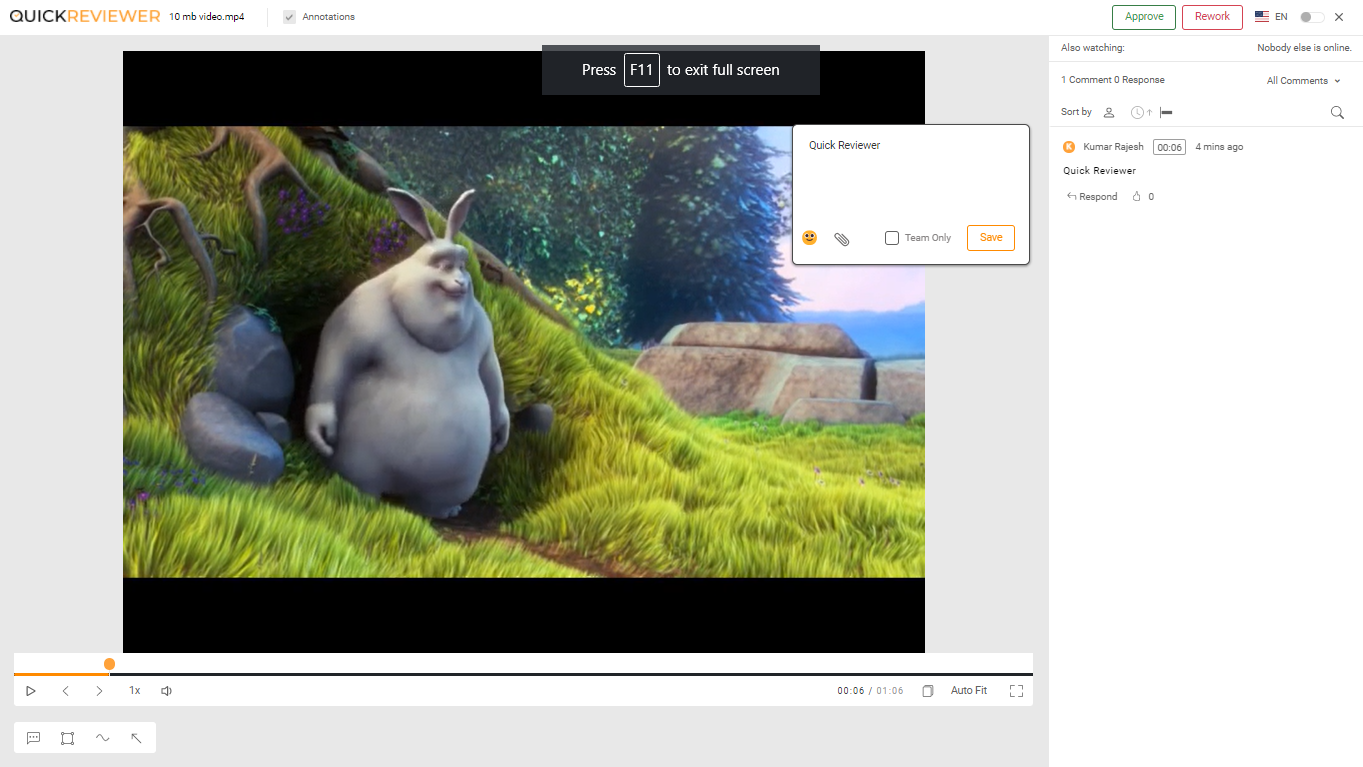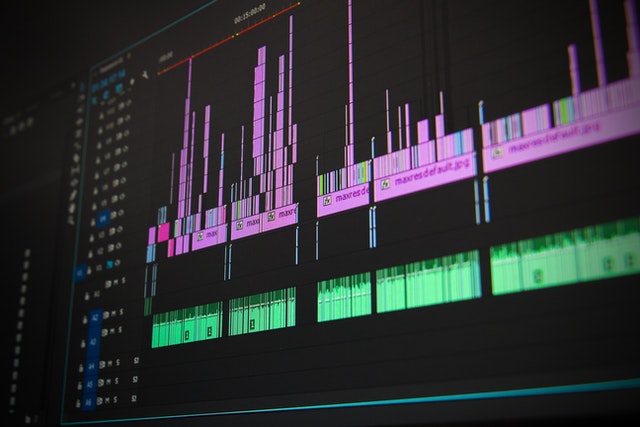What is Video Production Workflow:
A video production workflow, also known as a film production workflow or video production process, is a series of operations performed in order to finish a process based on a set of pre-defined criteria or circumstances.
It’s essentially a collection of rules, actions, and, of course, a large amount of data that all work together to achieve a specific goal. Workflows are critical for almost any project, from web development to video production, especially when there are several persons, elements, and procedures involved.
Video production methods involve video project planning, review, and approval, as well as file and asset management. It includes controls to ensure that certain production phases begin only once all project needs and permits have been fulfilled, as well as a consistent flow from pre- to post-production.
Need of Video Production Workflow:
Reviewing and approving video workflows may rapidly become an issue if you don’t have the right system in place. There are many moving pieces, and if you’re not cautious, they’ll rapidly create a tangled, costly mess—especially if several changes are necessary.
When video material goes through several cuts and versions, it must be reviewed by a variety of stakeholders and exported in a variety of formats, durations, and codes for distribution and marketing across a variety of social media platforms. It’s vital to have a workflow that is automated. That’s a lot of content production and versioning for a video team to keep track of, and for marketing/advertising teams to post at the same time.
Moreover, despite the difficulty of video production, video production timelines are becoming increasingly constricted as video campaigns require rapid distribution via social media and other on-demand content platforms.
To efficiently manage resources and moving components, keep projects on track with goals and schedules, and hold individual stakeholders responsible to meet these demands, brands and video production teams require a rigorous, predictable workflow.
Finally, video production practices may aid video production and marketing teams in determining who and when has viewed what. This implies that collaboration may be more precise, timely, and relevant at each stage of the production process, which is the gold standard for busy video teams who need videos shot, edited, and delivered quickly.
Video workflow can also get rid of common delays faced in collaborations like reworking at the last stage because of late feedback, ensuring production stages etc.

Stages of Video Production Workflow:
Below are the video production steps to successfully follow the process.
1. Pre-production
Pre-production is a crucial step in the production process. It’s the place where you lay the foundation for your video. This phase decides how successful your video will be in the end.
This stage comprises all of the time-consuming preparation work required to get your film up and running. This is a vital phase in which you focus on developing your vision, whether it’s crafting a script or organizing the crew that will carry it out. The pointers below will help you achieve a seamless pre-production process.
● Making a creative brief and approving it
● Making a storyboard or script and approving it
● Making a budget and a list of necessary equipment’s
● Creating a shot list and a production schedule
2. Creative brief
A video treatment, also known as a creative brief, is an overview of your project. It’s the location where you’ll:
● Outline the content’s creative concept.
● Determine the video’s main goal and message.
● Determine who your target audience is.
● Propose a budget and production schedule for the project.
The technique is frequently used to persuade decision-makers to consider the proposal. It is, nevertheless, a crucial guiding document that may assist you in making strategic decisions throughout the production process to ensure that the project stays “on brief” and meets your overall objectives.
3. Script and storyboard
You and your team will write a script and build a storyboard once you’ve established the treatment. A storyboard is a series of sketches that depicts the video’s scheduled shots. It’s all about assisting the creative team in visualizing each shot and scene. A storyboard simplifies the plot and aids the film crew in comprehending the video’s goal.
4. Plan and schedule
Finally, to guarantee that everything is in control you’ll need a strategy and a timetable. Building a team (e.g., writers, directors, video editors, sound engineers, etc. ), scoping the filming location, casting, licensing and permits, and laying out your contingency plans are all part of this process. Building a solid foundation for your content starts with mapping out these phases in a clear process.
5. Production
The production step guarantees that all aspects of your strategy are in sync, resulting in your perfect video.
This stage includes:
● Set up and lighting
● Filming
● Collecting b-roll & voice-overs
● Generate rough cut & behind-the-scenes promos
You should save all of these materials in one place and provide automatic notifications to your marketing and social media teams when new promotional assets become available for approval and usage. For a full campaign portfolio, save all of these promotional assets and short clips alongside the completed product files.
6. Post-production
In post-production, all of the raw film footage and sound recordings are integrated to produce an unified entity. At this stage, the video is collaboratively edited, and it may go through numerous rounds of editing. A good post-production process is critical for ensuring that everyone communicates effectively, remains focused on the project scope, and produces the finished movie on time (or even quicker).
These are the steps you and your team will have to work through as you conclude your video production.
● Video editing.
● Iterative and collaborative review.
● Version comparison.
● Final approval.
● Delivery.
7. Distribution And Promotion
Finally, you must create a procedure for distributing and advertising the finished product. While promotion will vary depending on your content strategy and project goals, most workflows will involve the stages below.
● Establish key metrics and a reporting strategy
● Develop a plan for distributing content
● Format content
Video Production Best Practices:
- Create a naming convention that everyone follows.
There will be several variations of the same video. Make sure they’re simple to distinguish from one another.
- Maintain a neat and orderly filing system.
It is critical to be organized. Your video processing workflow will go more smoothly if you keep your work organized.
- Aim for a good edit.
This implies that as you’re recording your video, keep in mind how it’ll appear after the cuts and focus your shooting on that notion.
- Always have a backup!
This is self-explanatory, but backups must be kept. You should have a backup plan in case something goes wrong. This applies to not only the footage but also the remainder of the video production process.
Conclusion
The process of making a video can easily become overwhelming. If you have the necessary production strategy in place, you should be able to break down these large projects into manageable jobs with clear deadlines and expectations to guide contributors through each phase.
Some other Posts you might be interested in.
Top 10 Problem-Solving Techniques for Creative Teams
Discover the top 10 problem-solving techniques that can enhance the creativity and efficiency of your team.
Top 10 Problem-Solving Techniques for Creative Teams
Discover the top 10 problem-solving techniques that can enhance the creativity and efficiency of your team.
The Subtle Art of Persuasion: Unveiling the 5 Best Print Ads Ever
Crafting Print Ads That Transcend Time In an era dominated by digital media, the enduring power of print advertising continues to captivate audiences worldwide. Far from fading into obscurity, print ads have evolved, becoming more innovative and compelling than ever...



